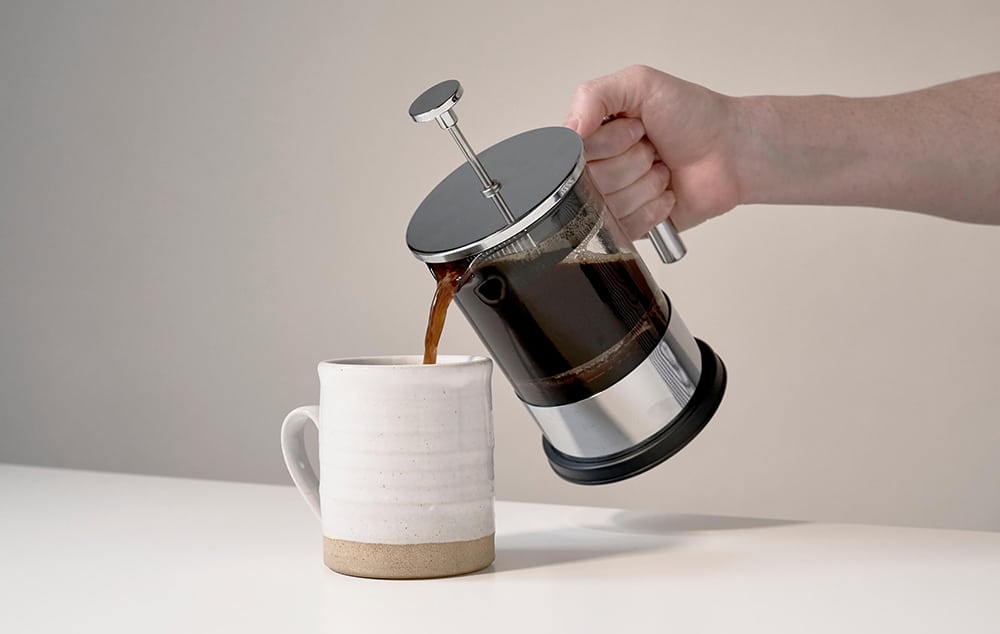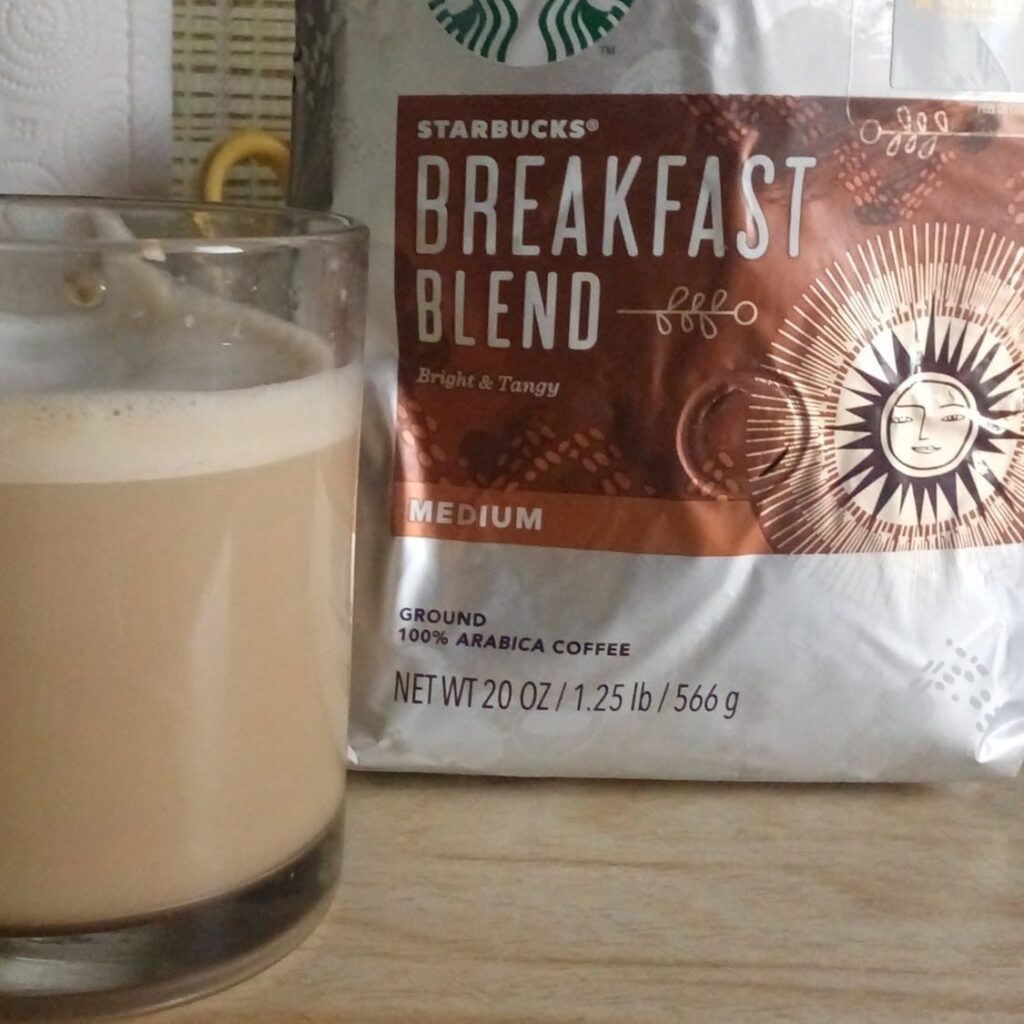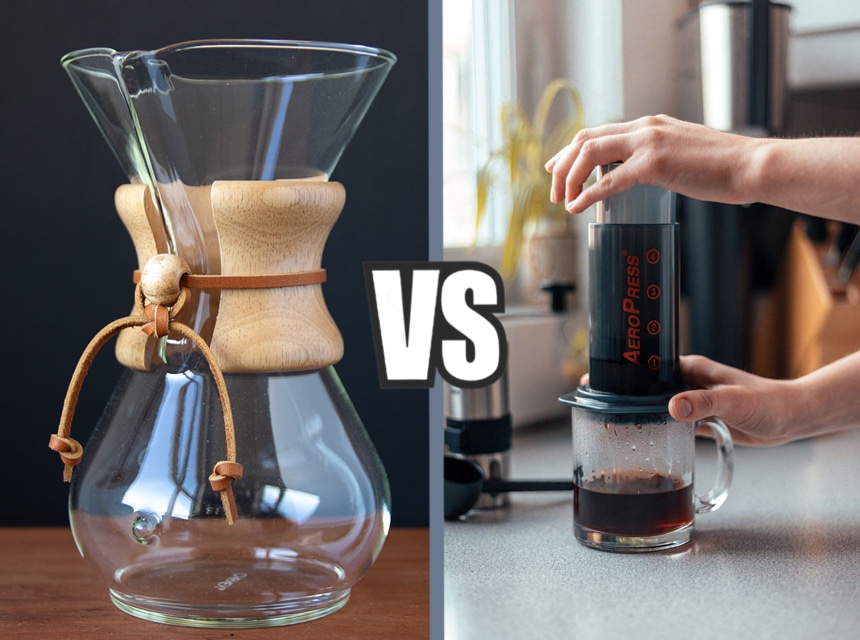

If you are an avid coffee drinker, you will know that there is nothing more blissful than gulping down a cup of hot or iced coffee in the morning. Sure, coffee is delicious and has a stimulating aroma, but those aren’t the only reasons why people drink it. You see, numerous studies have shown that coffee has a lot of health benefits, not only does it help energizes and prepares you to crush your day, but it can also help to prevent diseases like depression, stroke, and diabetes, just to name a few. All these go to show that coffee is a great beverage that everyone should drink every day.
That said, to get the most out of coffee, you have to limit yourself to a few cups each day. Downing six or more cups of coffee per day is a recipe for disaster, as it can lead to stomach ache, anxiety, and jitters. If you want to keep enjoying your favorite morning beverage without experiencing any of the above negative effects, especially jitters, you are going to find this article useful.
In simple terms, jitters are the sudden rush of energy you feel when you consume too much caffeine. Below are some of its symptoms.
To get a firm grasp on how coffee can cause jitters, you first have to take a close look at the chemical profile of a coffee bean.
Coffee beans are loaded with complex molecules like catechol, pyrogallol, chlorogenic acid, N-alkanoyl-hydroxytriptamides, and the chemical compound caffeine. These chemicals are naturally produced by the coffee plant and help it perform several functions.
For example, caffeine is a natural defense mechanism that helps to prevent other plants from growing close to the coffee plant and compete for nutrients and sunlight.
Each of the various elements or substances found in the coffee plant is absorbed by our bodies in different ways. Caffeine, which is one of the main constituents of the coffee beans, plays a huge role in triggering jitters.
As you likely know, caffeine is a natural stimulant. So, when you take beverages like coffee, that contains it, it blocks the effects of neuromodulator adenosine, which makes you feel drowsy or tired. But, that is not all, it also acts as a chemical known as phosphodiesterase, which can prevent cells from sending signals linked to the feeling of tiredness across the body.
Caffeine also helps promote the stimulation of fright or flight responses. It does this by stimulating the central nervous system pathway. This, thus, will encourage the flow of blood being transported around the body. This is ultimately going to lead to higher blood pressure.
Symptoms of coffee jitters, some of which listed above, can last for several hours. The period you will experience the discomforting effects of jitters is intertwined with the ability of your body to metabolize caffeine and the amount of caffeine you injected.
The average coffee drinker in the U.S consumes between 206-337mg of caffeine, which is equal to 2-3 cups of coffee depending on the coffee beans that are used and how the coffee was brewed. That amount falls in the safe to drink range, but it is possible to consume more (5-6 cups) without experiencing any of the effects of taking too much caffeine.
As previously mentioned, the caffeine in coffee beans is what causes jitters. The various coffee beans on the market have different amounts of caffeine. The Arabica bean, for example, contains 1.5% of caffeine, Ethiopian coffee, on the other hand, has 1.3 % caffeine. Of course, there are stronger beans, like the robusta bean that contains 2.4% caffeine.
But, do you know that you can determine the caffeine content of a coffee bean simply by looking at it? Darker beans have lower caffeine content because they require a longer roasting time. Lighter beans usually have a high level of caffeine. As you guess, the reason for this is because they weren’t roasted for a long time.
The way and manner you grind and brew your coffee can determine its caffeine level. Smoother grinds yield more caffeine because they have a greater surface area. Bear in mind that, the amount of time you spend brewing your cup of coffee determines its caffeine level.
Getting rid of coffee jitters isn’t as difficult as you probably think. Here are some simple but effective things you can do when you’ve had too many cups of coffee, and are starting to feel uncomfortable.
Consume fruits that are rich in vitamin C. You see, when you have too much caffeine in your bloodstream, your body will be tricked into sending signals that you are vitamin C deficient. So, eating citrus fruits like orange and grapefruit can help introduce vitamin C back into your system.
If you aren’t caffeine sensitive or the jitter symptoms you are experiencing aren’t severe, then you should wait it out. The caffeine in your bloodstream will wear out totally between 4 to 6 hours. Note that, a huge amount of the caffeine in your system will be used between the first 30 to 60 minutes. So, if you start to feel anxious, or your hands start shaking after you downed many cups of coffee, then you should wait for 30 minutes to 1 hour, and the effects will gradually pass. This option may not be suitable for people who are sensitive to caffeine.
Drinking several glasses of water is an effective way to get rid of your jitters. You see, water neutralizes the effect of caffeine, and within a short time. To prevent coffee jitters, try drinking a cup of water for every cup of coffee you consume.
If you just crossed your limit, and you can still stand or sit, then you should consider doing low-intensity exercise like jogging, walking, or stretching to help you increase your metabolism and use all the energy bottled up in your system.
If you can take a nap or meditate, do it, as both can help slow your heart rate and counter the effects of caffeine.
Herbal tea contains chemical elements that can neutralize the effects of caffeine. But that is not all they can do. Herbal tea can also help protect your cell, aid digestion, and prevent a handful of health conditions.
Coffee has no doubts become an important part of the lives of a lot of people. So, cutting it off is out of the question. Even with the few drawbacks like coffee jitters associated with it.
The key to not having jitters is to limit the amount of caffeine you consume each day. You can do this by opting for decaffeinated coffee, or buying darker roast coffee beans, which have low caffeine levels. And if for some reason, you happen to experience any of the many symptoms associated with coffee jitters, then you should apply the jitter reducing tips discussed in this article.





